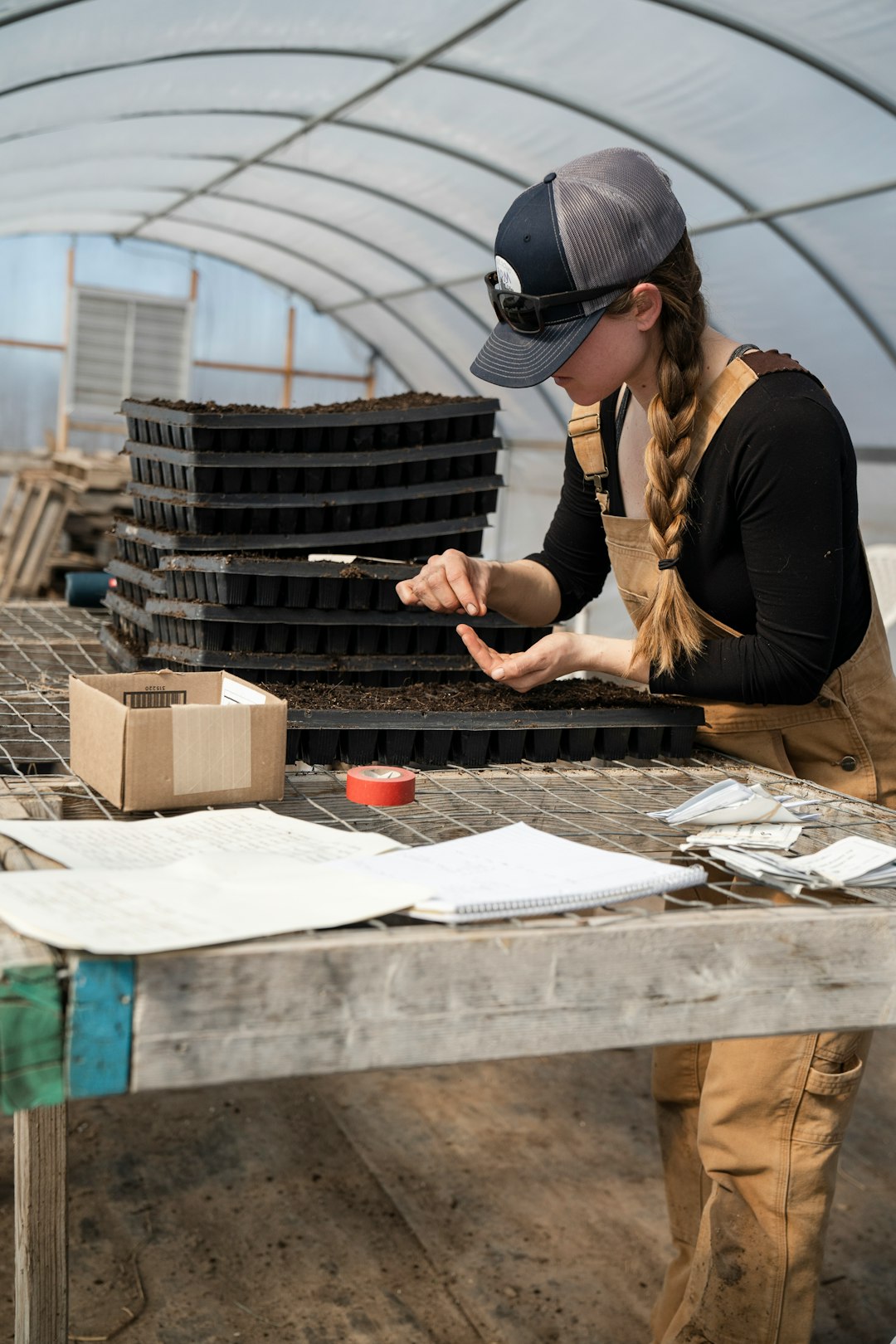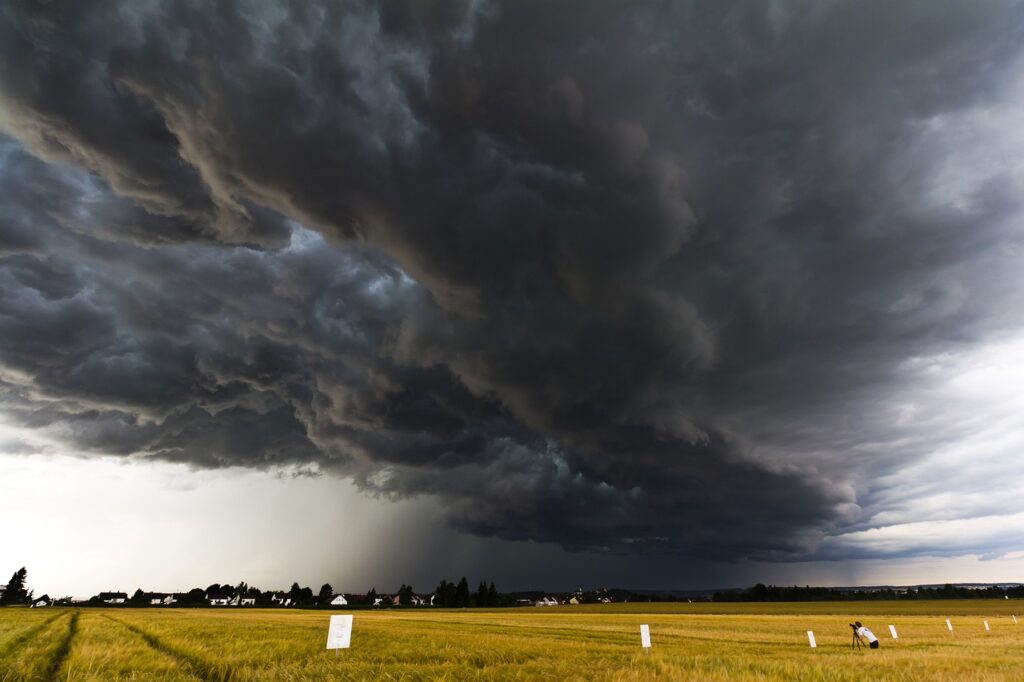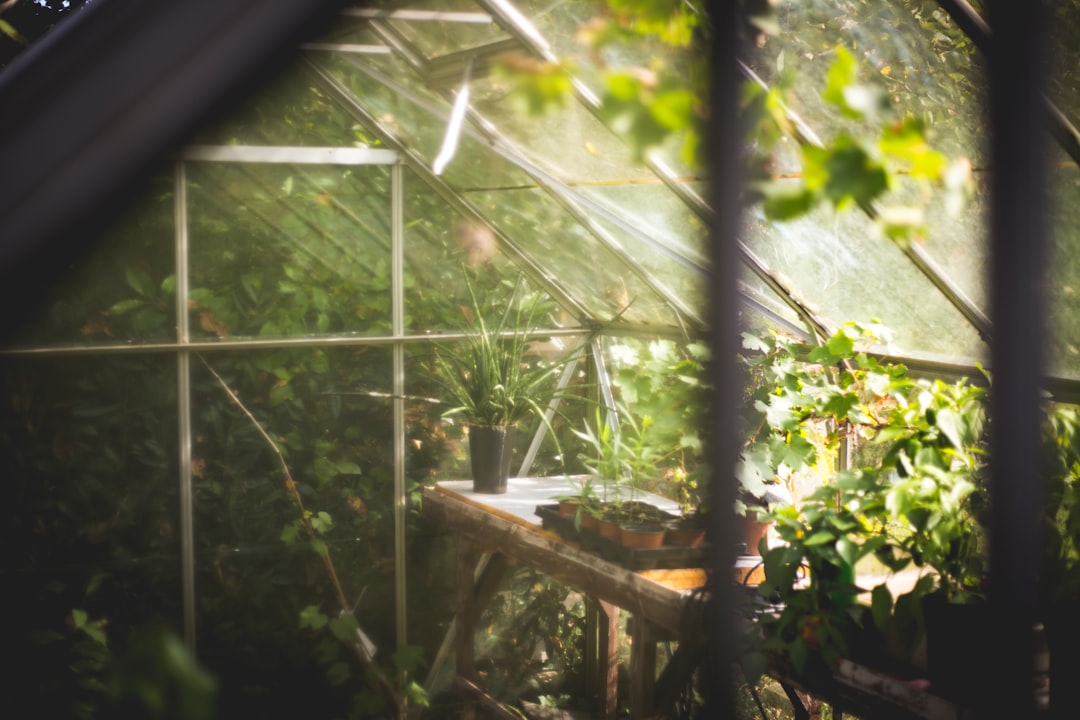
In an era where self-sufficiency is becoming more crucial than ever, owning a greenhouse can be a game-changer for anyone looking to become more self-reliant and embrace sustainable living. A well-crafted greenhouse doesn’t just offer a space for year-round gardening; it transforms your gardening experience into a journey of empowerment and independence. Imagine having a controlled environment where you can grow your own food, experiment with unique plant varieties, and even cultivate medicinal herbs. With the unpredictability of weather patterns, a greenhouse serves as a reliable haven, enhancing your ability to produce food and reduce reliance on external resources. Let’s explore the incredible greenhouse benefits that can help you cultivate resilience and thrive in any climate.
Unleashing Greenhouse Benefits
Greenhouses offer many benefits beyond traditional gardening. They provide a controlled environment, encourage year-round growth, and allow experimentation with diverse plant varieties. Let’s delve deeper into these advantages.
Creating a Controlled Environment
Greenhouses provide a protective space where the climate can be adjusted according to the needs of your plants. You can create an optimal growth environment by controlling temperature, humidity, and light. This level of control shields plants from harsh weather, pests, and diseases, ensuring their thrive.
For instance, consider the ability to grow tropical plants in colder climates. A controlled environment allows you to simulate the necessary conditions, leading to successful cultivation.
Temperature Control: Use heaters and ventilation to maintain a stable climate.
Humidity Management: Install misters or humidifiers to regulate moisture levels.
Light Regulation: Utilize grow lights to supplement natural daylight.
Visit Ceres Greenhouse Solutions for more insights on creating effective controlled environments.
Sustaining Year-Round Gardening
A greenhouse allows year-round gardening. Unlike traditional outdoor gardening, greenhouses extend growing seasons and cultivate crops regardless of external weather conditions.
Take the example of winter vegetable production. With a greenhouse, you can grow spinach, kale, and other cold-hardy greens even in the snow.
Winter Production: Extend your harvest with cold frames and insulation.
Summer Shade: Ensure optimal growth by installing shade cloths during peak heat.
Continuous Harvests: Plan successive plantings for uninterrupted yields.
This ensures a steady supply of fresh produce, enhancing food security. For more about year-round gardening, check out Aquor Water Systems.
Exploring Diverse Plant Varieties
Greenhouses open doors to diverse plant cultivation. A greenhouse lets you explore a wider range of plant species, from exotic flowers to unique vegetables.
Exotic Flowers: Orchids and tropical blooms can flourish.
Heirloom Vegetables: Grow rare varieties not typically found in stores.
Specialty Crops: Experiment with niche markets like microgreens.
Consider the case of a gardener interested in rare heirloom tomatoes. A greenhouse can provide the ideal conditions for these plants to thrive, ensuring successful harvests. You can also grow items that may not be in your zone, or are out of season, if the conditions of your greenhouse can provide what they need, such as high heat and humidity
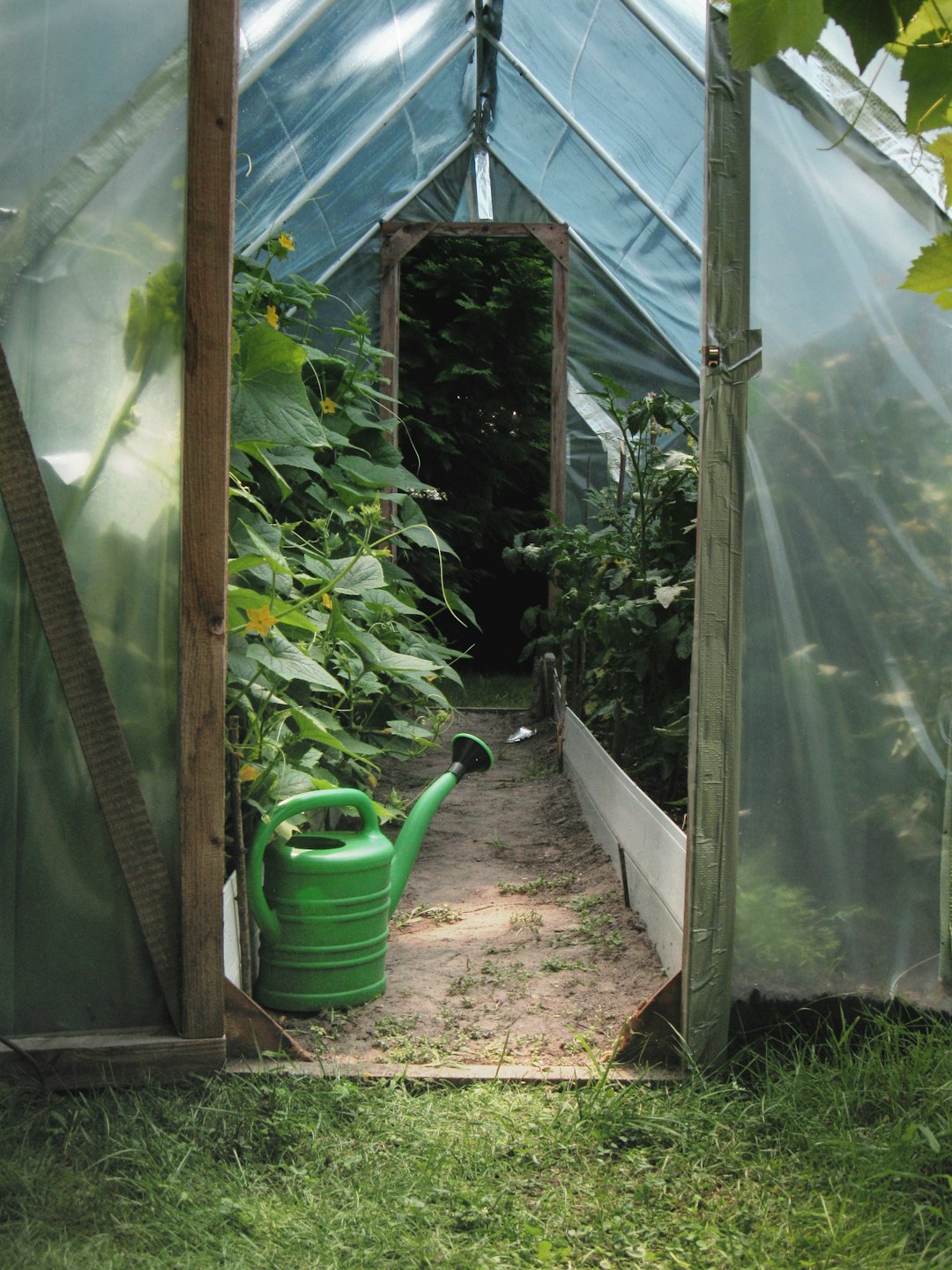
Empowering Self-Sufficiency
Owning a greenhouse empowers individuals to become more self-sufficient. It reduces reliance on external resources, encourages the growth of medicinal herbs, and fosters sustainable gardening practices.
Reducing Dependence on External Resources
Greenhouses allow for the reduction of dependence on external food sources. Producing one’s own food lessens the impact of market fluctuations and supply chain disruptions, or wondering what chemicals or additives have been put into it.
Real-world example: During supply shortages, greenhouse owners have the advantage of homegrown produce.
Food Security: Steady access to fruits and vegetables.
Cost Savings: Lower grocery bills through home production.
Local Sustainability: Reduce carbon footprint by minimizing transport needs.
Food Safety: You know exactly what you’re growing, what pest control methods were used, and that it is truly organic. You don’t have to take a company’s word for it!
This shift towards personal food production enhances resilience and promotes community well-being.
Cultivating Medicinal Herbs
Cultivating medicinal herbs in a greenhouse allows for controlled growth, ensuring purity and potency. This practice supports natural health remedies and encourages self-reliant wellness.
Case study: A gardener uses a greenhouse to grow echinacea and chamomile, providing year-round access to these beneficial herbs.
Controlled Conditions: Optimize active ingredient potency.
Herbal Remedies: Fresh access to natural health solutions.
Diverse Applications: Use in teas, tinctures, and salves.
Cultivating medicinal herbs can enhance your health and reduce reliance on pharmaceutical options.
Encouraging Sustainable Gardening Practices
Greenhouses foster sustainable gardening practices by promoting efficient resource use and reducing waste.
For instance, water conservation techniques in a greenhouse can significantly lower overall consumption.
Water Efficiency: Implement drip irrigation systems.
Water Collection: A greenhouse with a water catchment and collection system – even if just a water barrel – saves money by giving the greenhouse its water supply, using rain water instead of city water.
Waste Reduction: Compost plant waste for soil improvement.
Renewable Energy: Explore solar panels for energy needs.
Embracing these practices supports the environment and positions you as a responsible gardener contributing to a healthier planet.
By leveraging the benefits of a greenhouse, you can cultivate a more sustainable lifestyle and enhance your self-sufficiency.
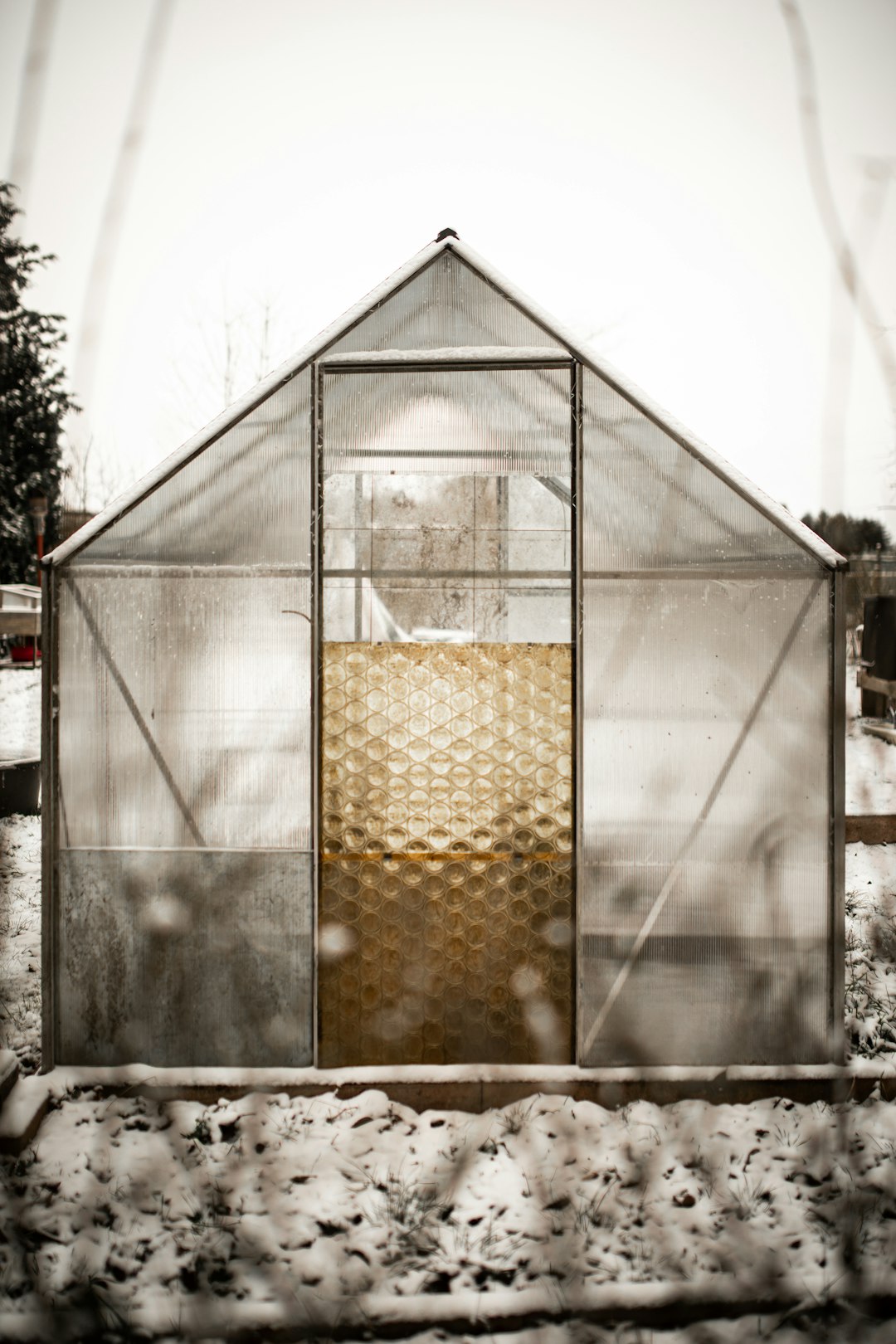
Types of Greenhouses
There are several types of greenhouses, each designed to meet different gardening needs and environments:
Lean-To Greenhouse:
Built against the side of an existing structure, such as a house or shed.
Benefits from shared walls, which can help with insulation.
Even Span Greenhouse:
Features two roof slopes of equal pitch and width.
Often freestanding, providing ample space and light.
Uneven Span Greenhouse:
Has roof slopes of unequal pitch and width.
Typically used on hillsides where one side is shorter than the other to accommodate the terrain.
Quonset Greenhouse:
Recognizable by its semi-circular structure.
Made with a series of arches covered by plastic or similar material, ideal for low-cost setups.
Ridge and Furrow Greenhouse:
Consists of several gabled greenhouses connected along the length of the eaves.
Allows for the expansion of growing space.
Cold Frame Greenhouse:
Essentially a transparent, roofed enclosure, built low to the ground, used to protect plants from severe weather.
Mini-Greenhouse:
Smaller, often portable options for limited space or targeted plant protection.
Hoop House:
A simple, arched structure covered with a transparent plastic or fabric.
Offers a cost-effective way to extend growing seasons.
Choosing the right type of greenhouse depends on factors such as space availability, budget, and intended use. Therefore, it is vital to assess your specific needs before construction.
Greenhouse Options for Small Spaces
Just because you live in an apartment in the city or have a small home with limited outdoor space doesn’t mean you can’t enjoy the benefits of a greenhouse! There are still numerous options for incorporating greenhouse benefits into your lifestyle:
1. Balcony Greenhouse
Description: Compact greenhouses specifically designed for balconies or small patios.
Features:
Vertical structures to maximize space.
Often equipped with shelving for multiple plant levels.
Easy to assemble and disassemble, making them versatile for various living situations.
2. Window-Mounted Greenhouse
Description: Small, box-like structures that attach to the outside of windows.
Features:
Capitalizes on natural light coming through windows.
Ideal for herbs or small vegetables.
Simple installation without the need for additional supports or structures.
3. Indoor Mini-Greenhouse
Description: Compact units suitable for indoor use, perfect for apartment dwellers.
Features:
Can fit on countertops or tabletops.
Often comes with grow lights to supplement lighting.
Creates a microclimate for sensitive plants or seedlings.
4. Vertical Garden Frame with Cover
Description: A multi-tiered plant shelving unit with a protective greenhouse cover.
Features:
Efficient use of vertical space.
Protective cover helps in maintaining humidity and temperature.
Great for balconies or small yards.
These options provide flexibility and ease of installation, allowing you to enjoy the benefits of a greenhouse without needing extensive space. Assess the light availability and your personal gardening goals to choose the best solution for your needs. If your garden area doesn’t get a lot of sunlight, consider adding grow lights.
